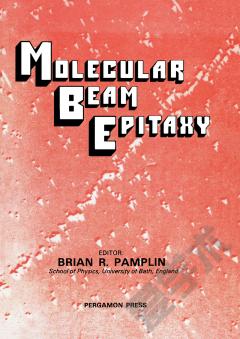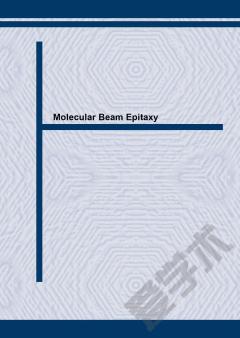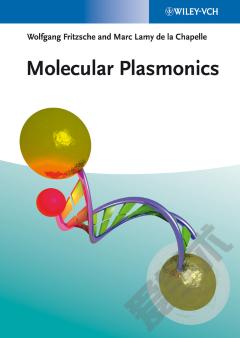Molecular Beam Epitaxy
Molecular Beam Epitaxy introduces the reader to the use of molecular beam epitaxy (MBE) in the generation of III-V and IV-VI compounds and alloys and describes the semiconductor and integrated optics reasons for using the technique. Topics covered include semiconductor superlattices by MBE; design considerations for MBE systems; periodic doping structure in gallium arsenide (GaAs); nonstoichiometry and carrier concentration control in MBE of compound semiconductors; and MBE techniques for IV-VI optoelectronic devices. The use of MBE to fabricate integrated optical devices and to study semiconductor surface and crystal physics is also considered. This book is comprised of eight chapters and opens with an overview of MBE as a crystal growth technique. The discussion then turns to the deposition of semiconductor superlattices of GaAs by MBE; important factors that must be considered in the design of a MBE system such as flux uniformity, crucible volume, heat shielding, source baffling, and shutters; and control of stoichiometry deviation in MBE growth of compound semiconductors, along with the effects of such deviation on the electronic properties of the grown films. The following chapters focus on the use of MBE techniques for growth of IV-VI optoelectronic devices; for fabrication of integrated optical devices; and for the study of semiconductor surface and crystal physics. The final chapter examines a superlattice consisting of a periodic sequence of ultrathin p- and n-doped semiconductor layers, possibly with intrinsic layers in between. This monograph will be of interest to chemists, physicists, and crystallographers.
{{comment.content}}








 京公网安备 11010802027623号
京公网安备 11010802027623号